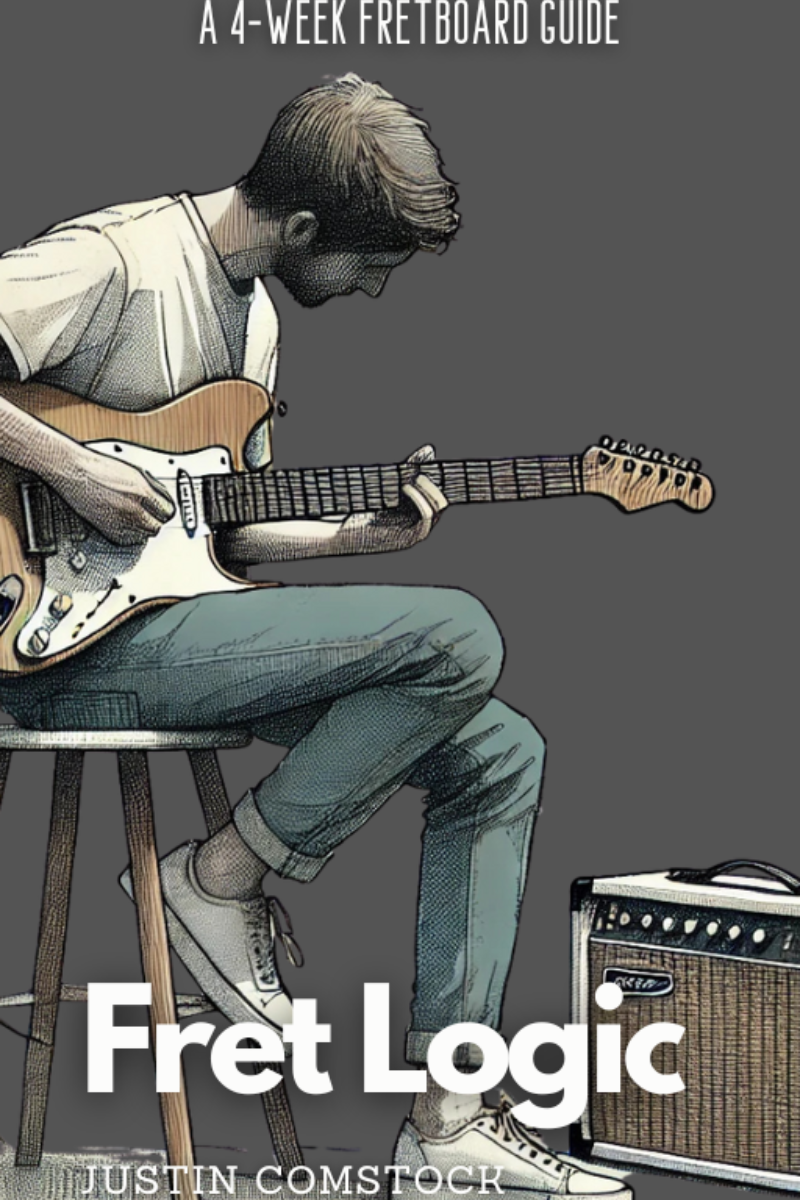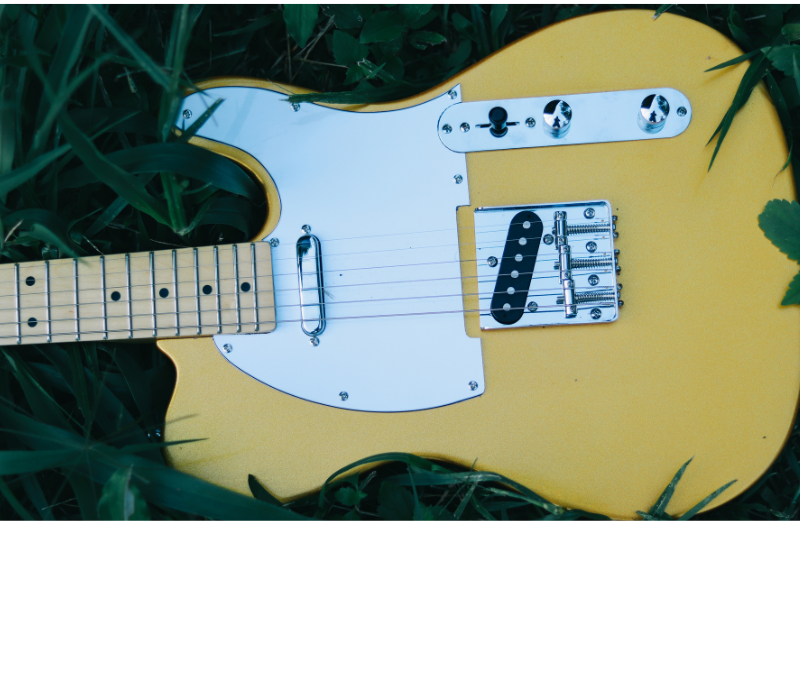If you’re tired of running up and down major scales on guitar without sounding musical, you’re not alone. But here’s the truth:
Major scales on guitar are not just theory drills—they’re the foundation for expression. Whether you’re soloing over a chord progression, composing a melody, or understanding modes, the major scale is your starting point.
In this guide, you’ll:
- Learn how to play and apply major scales across the neck
- Unlock the 7 essential modes derived from the major scale
- Discover practice prompts that make major scales musical
- See why FretDeck is the tool every serious guitarist should own
🔥 Want to finally master the fretboard? Back FretDeck on Kickstarter and get our 60-pattern pentatonic + major scale trainer deck.

❌ Stop Guessing. Start Shredding.
If you’re still fumbling through scale patterns and box shapes… it’s costing you progress.
FretDeck™ is the no-fluff system that shows you exactly how to master the fretboard—fast. Early access.
⚡️ This isn’t for dabblers. It’s for players who want results.
👉 Click here to join the pre-launch now
Early access. Limited rewards. Don’t wait.
What Are Major Scales on Guitar?
Major scales are 7-note sequences defined by a pattern of intervals: W-W-H-W-W-W-H (whole, whole, half, etc.). They are the parent scale for every mode, the source of most Western melodies, and the framework behind chords.
Example: C Major Scale
C – D – E – F – G – A – B – C
You can think of the major scale as the “center of gravity” in music.
G Major Scale (3rd Fret Pattern)
E|------------------2-3-|
B|-------------3-5------|
G|--------2-4-5---------|
D|----2-4---------------|
A|-2-3------------------|
E|----------------------|⚡ Visualize the full fretboard with our guide to fretboard mastery
Why Most Guitarists Struggle with Major Scales
Most players memorize a shape… and stop there. But:
- They don’t internalize the sound of the scale.
- They don’t connect the shapes across positions.
- They don’t apply the scale to real playing contexts.
If that sounds familiar, this guide will change that.
Practice Strategies for Major Scales That Actually Work
1. Anchor One Shape at a Time
Don’t overwhelm yourself. Take one pattern (like the G major above) and:
- Play it forward & backward
- Say the note names out loud
- Play with a metronome (start at 60 BPM)
2. Apply Rhythmic Variations
Instead of straight eighth notes, try:
- Triplets
- Syncopation
- Dotted rhythms
3. Play in Intervals
Break up the linear motion. Try thirds: C-E, D-F, E-G, F-A…
4. String Skip Exercises
This trains your coordination and spatial awareness. E.g., play the major scale only on E, D, B strings.
5. Connect Two Shapes
Slide between scale positions. Use FretDeck to line up two cards and practice connecting them.
6. Solo Over a Major Progression
Example: G – C – D Use the G major scale to build melodies over each chord.
7. Apply to Songs You Know
Identify the key. Play through the corresponding major scale. Hear how the melodies fit the structure.
Modes: The 7 Hidden Voices Inside the Major Scale
Each mode starts on a different note of the major scale. The flavor changes, even though the notes stay the same.
| Mode | Formula | Mood | Example (in C) |
|---|---|---|---|
| Ionian | 1-2-3-4-5-6-7 | Bright | C-D-E-F-G-A-B |
| Dorian | 1-2-b3-4-5-6-b7 | Jazzy | D-E-F-G-A-B-C |
| Phrygian | 1-b2-b3-4-5-b6-b7 | Spanish | E-F-G-A-B-C-D |
| Lydian | 1-2-3-#4-5-6-7 | Dreamy | F-G-A-B-C-D-E |
| Mixolydian | 1-2-3-4-5-6-b7 | Blues-Rock | G-A-B-C-D-E-F |
| Aeolian | 1-2-b3-4-5-b6-b7 | Minor | A-B-C-D-E-F-G |
| Locrian | 1-b2-b3-4-b5-b6-b7 | Dark | B-C-D-E-F-G-A |
🔹 Want to see all pentatonic modes mapped out across the neck?
Check out our article on guitar modes for diagrams + examples.
How to Use Modes in Real Guitar Playing
Learn One Mode a Week
Start with Dorian. Then Mixolydian. Play them in isolation. Hear their “mood.”
Apply to Chord Progressions
Try this:
- Dorian: Dm7 – G – C
- Mixolydian: G7 – C – D
Solo over each with the corresponding mode. Listen for character.
Backing Tracks for Immersion
Use YouTube backing tracks to internalize the modes. Search: “Dorian backing track in D.”
Combine Two Modes in a Solo
Start with Ionian. Move to Lydian for a dreamy shift. Come back for resolution.
🌊 Ready to make modes second nature? Back FretDeck on Kickstarter and start connecting ideas across all 12 keys.
How to Integrate Major Scales and Modes Into Your Playing
1. Write with Major Scales
Compose a melody using only major scale tones. Now rewrite it using Lydian.
2. Thematic Soloing
Create a melodic theme with Ionian. Switch to Dorian in verse. Return to Ionian to close.
3. Transpose Weekly
Take your major scale practice and move it to a new key every 7 days. This builds muscle memory fast.
4. Record Yourself
Solo over G – C – D using both major and Mixolydian. Listen back. What stands out? What sounds bland?
5. Build Modal Chord Progressions
Example (Lydian): Fmaj7 – G – Em This outlines the “#4” that makes Lydian magical.
Final Thoughts: From Theory to Expression
Major scales on guitar aren’t just scales. They’re perspective. They reveal the shape of music. They teach you how to sound intentional.
Learn the shapes. Then forget the shapes. Play something meaningful.
🌟 Ready to master the fretboard, the right way?
Back FretDeck on Kickstarter
Join Guitar Freaks Hangout on Discord

Join Guitar Freaks Hangout on Discord! 🎸
Get Fret Logic FREE!
Join the Guitar Freaks Hangout Discord and get exclusive access to my entire e-book, Fret Logic! Master the fretboard and elevate your solos with this comprehensive guide.
👉 Don’t miss out—join now and download your free copy!
Internal Link: Learn all 5 Pentatonic Scale Patterns Here
Outbound Link: Theory overview on major scales from JustinGuitar










